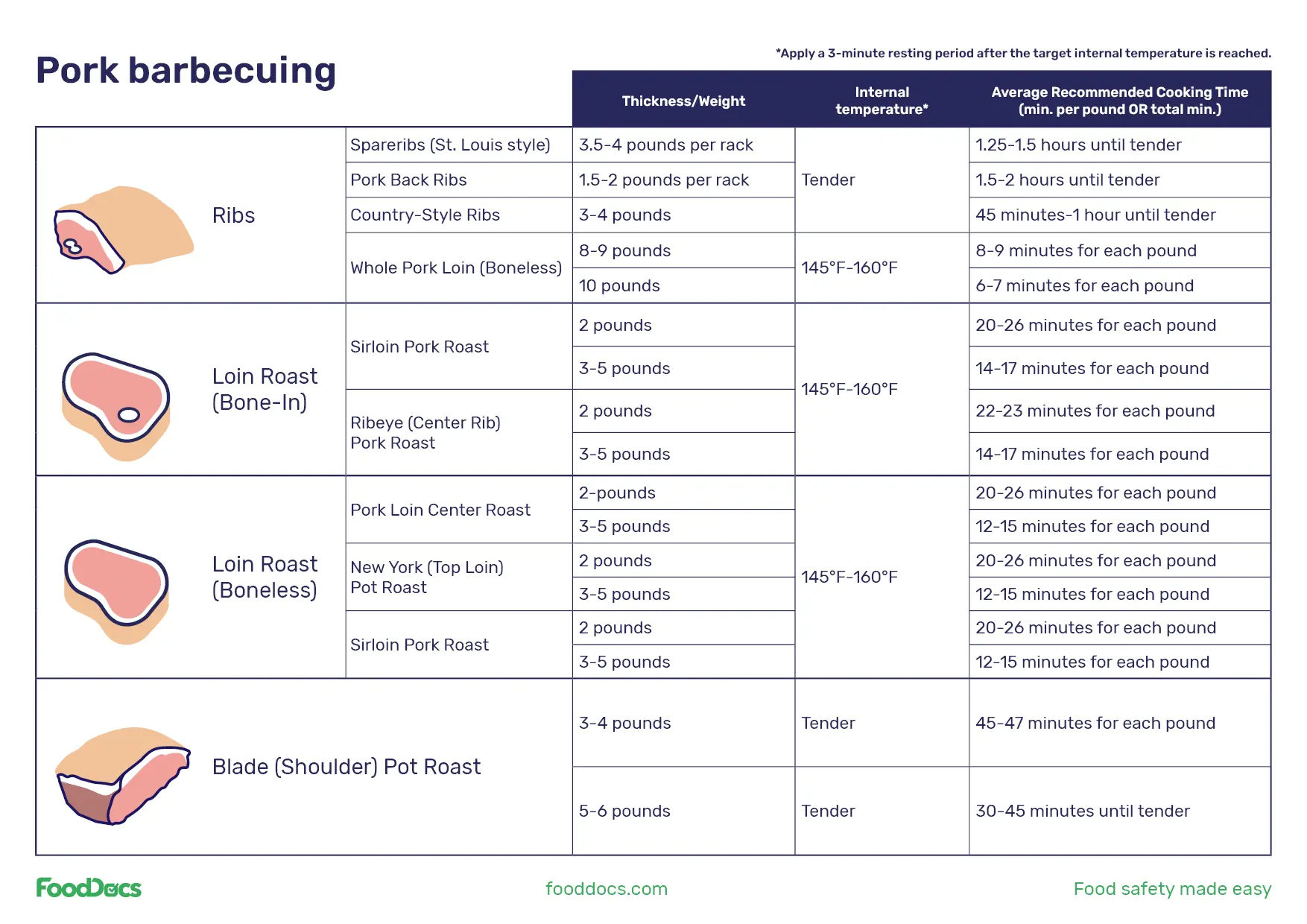When it comes to cooking pulled pork, achieving the perfect internal temperature is crucial. The right temperature ensures that the meat is tender, juicy, and flavorful. In this article, we will explore the best temperature to shred pulled pork and how to achieve it through smoking.
The Importance of Internal Temperature
The internal temperature of your smoked pulled pork is an essential factor in determining its doneness and overall quality. Pork shoulder, commonly used for pulled pork, is a tough cut of meat with a lot of connective tissue. To break down this tough tissue and create tender, succulent meat, it needs to be cooked low and slow to a specific internal temperature.
When the pork reaches the right internal temperature, the collagen in the connective tissue will break down, and the meat will become tender and easy to shred. Additionally, reaching the proper temperature ensures that the meat is safe to eat, as it eliminates any harmful bacteria.
The Best Internal Temperature for Pulled Pork
The ideal internal temperature for pulled pork is around 195°F to 205°F (90°C to 96°C). At this temperature range, the collagen in the meat breaks down, resulting in tender and juicy pulled pork. Cooking the pork to a higher temperature allows for further breakdown of the connective tissue, resulting in even more tender meat.
It's important to note that the meat may not feel tender when probed with a meat thermometer due to the collagen still being intact. However, once the pork rests and the collagen continues to break down, the meat will become tender and easier to shred.
How to Achieve the Perfect Internal Temperature
To achieve the perfect internal temperature for your smoked pulled pork, follow these steps:

- Start by selecting a high-quality pork shoulder or Boston butt.
- Preheat your smoker to a temperature of 225°F to 250°F (107°C to 121°C).
- Season your pork shoulder with your desired rub or marinade.
- Place the pork shoulder on the smoker grates and close the lid.
- Cook the pork shoulder at a consistent temperature until it reaches an internal temperature of 195°F to 205°F (90°C to 96°C).
- Once the desired temperature is reached, remove the pork shoulder from the smoker and let it rest for at least 30 minutes. This allows the juices to redistribute and the collagen to continue breaking down.
- After resting, use two forks or meat claws to shred the pork.
What happens if I undercook pulled pork?
If pulled pork is undercooked, it may not be tender and can be difficult to shred. Additionally, undercooked pork may contain harmful bacteria, such as salmonella or trichinella, which can cause foodborne illnesses.
Can I overcook pulled pork?
While it's challenging to overcook pulled pork, cooking it to a higher internal temperature can result in meat that is overly tender and falls apart easily. However, many people prefer this texture, so it ultimately comes down to personal preference.
Can I smoke pulled pork at a higher temperature?
While smoking pulled pork at a higher temperature can reduce the cooking time, it may result in less tender meat. The low and slow cooking method allows the collagen to break down slowly, resulting in more tender and flavorful pulled pork.
In Summary
The internal temperature of your smoked pulled pork is crucial for achieving tender and flavorful meat. Aim for an internal temperature of 195°F to 205°F (90°C to 96°C) to ensure that the collagen in the meat breaks down, resulting in juicy and easy-to-shred pulled pork. Remember to let the meat rest before shredding to allow for further breakdown of the connective tissue. With the right temperature and cooking method, you'll be able to enjoy delicious pulled pork every time.
If you want to know other articles similar to Perfect internal temperature for smoked pulled pork: achieving tender and juicy meat you can visit the Smoking techniques category.


Related Articles